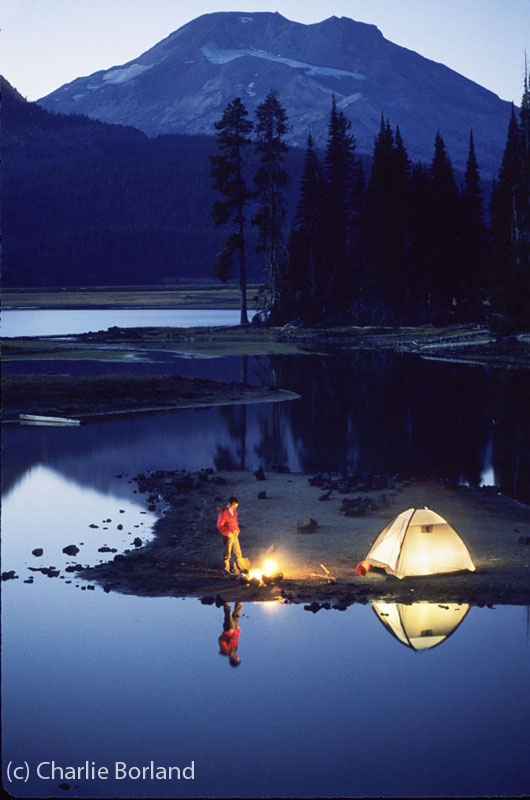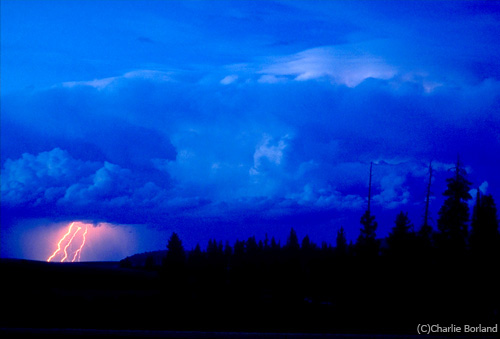If you are interested or are selling your outdoor and nature photography, there are important factors to creating images the markets will want. It is not always clear on what exactly what makes for a successful image, but there are some ideas inherent in many successful images that are proven time and again.
Successful stock photos earn money over and over. While it is nice to license an image once or twice, it’s even better when an image licenses many times.
While there are many nature images that appear to sell simply because they are beautiful images, there is usually an underlying reason the image is succeeding beyond its simple beauty.
That beauty in itself often tells a story about the photograph and its location by evoking an emotion. As an example, people buy calendars, gift or note cards, for the pictures. The picture evokes an emotion that prompted a purchase because the buyer gets joy from observing the picture(s).
People often buy products based more on the pictures than the text indicating that the photograph was successful by prompting the impulse to buy.
Here are 5 characteristics of successful selling images:
Technical Perfection
- This is a no brainer! Sharpness, correct exposure, great lighting, no artifacts, low noise. These are often required for an image to be successful.
Believability
- In today’s digital world, believability has become a characteristic that can make or break an images appeal within the market. With the ability to Photoshop just about anything conceived, photographers should take note about what they do in the digital darkroom.
- From sunset skies that are darker than the foreground, to unrealistic saturation and HDR, the need to explore the markets and see what is published should be the definitive guide to how much image processing makes for a marketable image.
For those shooting people, a parka from 1979 with colors not available anymore to an orange tent in a campsite can result in images that don’t stand a chance in the market. The need to research what is published today should guide your approach.
While I have had my fun with grungy HDR, I have not seen myself, much if any commercial licensing of images using this technique.
Story or theme
- Successful images tell a story and have a strong theme about them. They captivate the viewer who looks at the picture and draws a conclusion as to what the image is about and the message behind it.
- For the client using the image, they are looking for the photo that tells the story to the audience they are looking to reach. Often commercial stock image buyers and photo editors have a theme already in place and then seek an image that states that theme.
- While it is not always easy for the photographer to think of themes while out shooting, the simple mindset of ‘building a photo’ over ‘taking pictures’ often means that there is a sub conscious process at work.

This trail image is not that great of a photo when you think of calendar quality images. But it told the story the client wanted to say.
Broad Appeal
- The goal for every stock photo is that it has broad appeal and sells many times to a diverse client base with different needs and goals. With a strong story or theme that can carry across diverse concepts, a variety of clients might use the same image for completely different messages. The idea is to capture images where a wide spectrum of clients finds that the image states their message.
This camping image has been widely used including a clothing catalog, a beer advertisement, various magazines, and more. It has universal appeal.
Unique
- Not every successful stock photo must be unique but if it is then there is an increased chance it will do well in the markets. This would include images that are once-in-a-lifetime captures of events in nature like a hurricane, lightning in an unusual place, or an adventure image that makes the viewer stop and look.
There are plenty of beautiful flower images, waterfalls, national park landmarks, and more, in the markets waiting to sell. It’s the images of these same places that are remarkable and stand out that tend to be used more often.
This lightning image has been licensed numerous times and in most cases it was because it was unique. We see lightning pictures all the time and they may be licensed as well. One of this images attributes is room for text. In almost all usages I was involved, text was overlaid across the image.
While most nature photographers wander in search of great scenes to capture, leaving home with a goal in mind can often result in photography that produce better results in the markets.
For example, you might be headed out this weekend to hike and photograph a waterfall. If you are going with a hiking or with a companion, get them outfitted with the proper apparel and a small day pack. Then place them at the base of the waterfall observing nature and the falls.
You will come home with beautiful waterfall pictures and also beautiful waterfall pictures with a person. The person gives scale to the scene but also tells a story and meets the concepts that commercial photo buyers seek.
While your waterfall image might make it in the calendar, your person image might be in the magazine or an advertisement for the Granola bar in a magazine.
Keep in mind these characteristics for successful stock images on your next shoot and some day you just might be surprised with the results.
– Charlie Borland – BPSOP Instructor
Charlie is teaching following courses at BPSOP:













